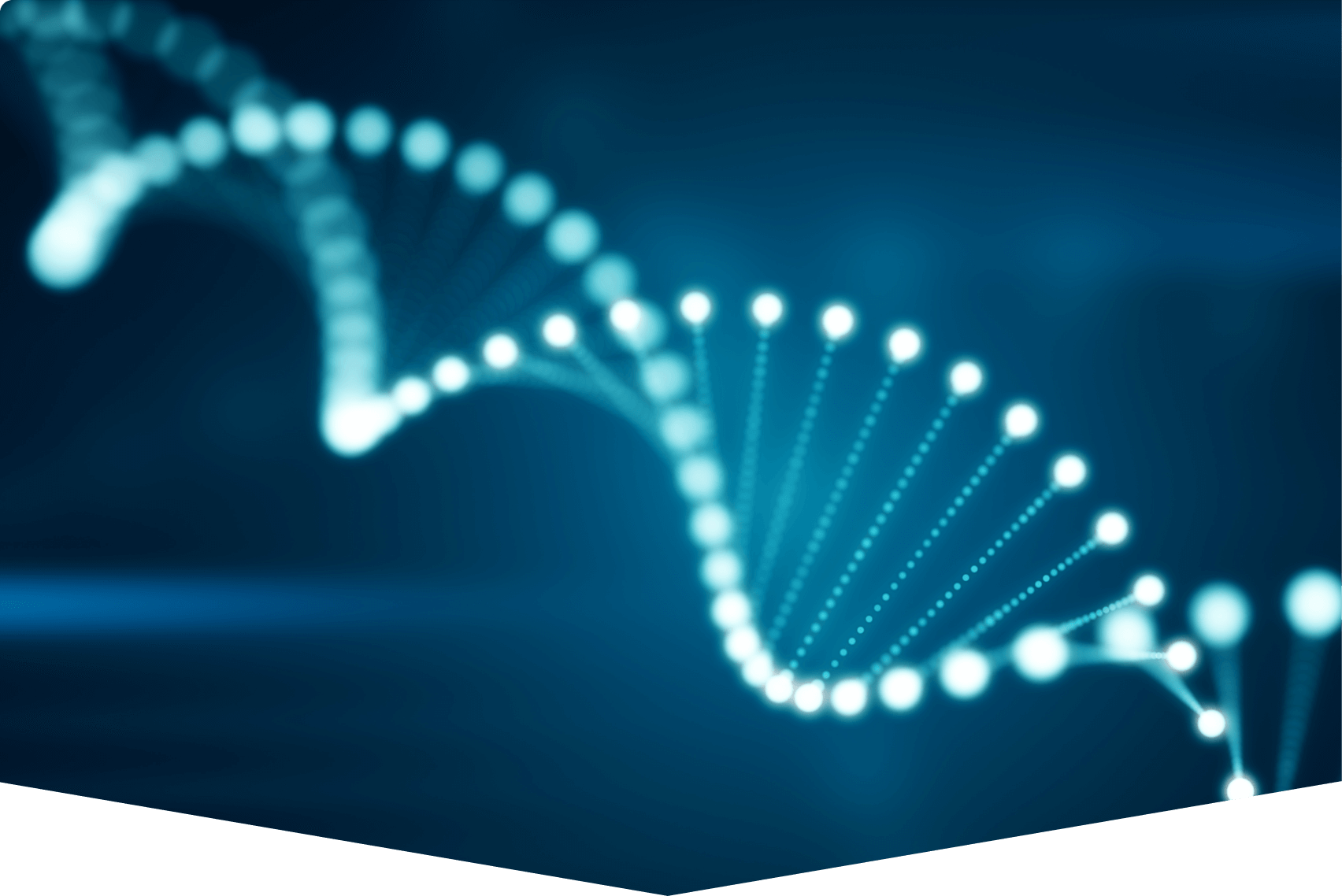Research & Development

ICIA has a long tradition of collaborating with universities and member companies to conduct targeted research projects to address challenging grain, food and genetics testing needs.
Whether you need molecular markers for your favorite traits, new methods to measure trait and genetic purity, or any other innovative solutions, our R&D team is ready to help.
